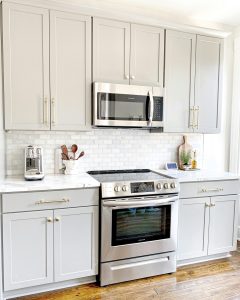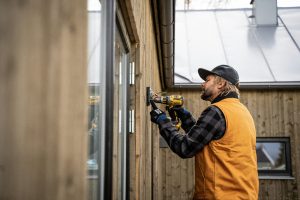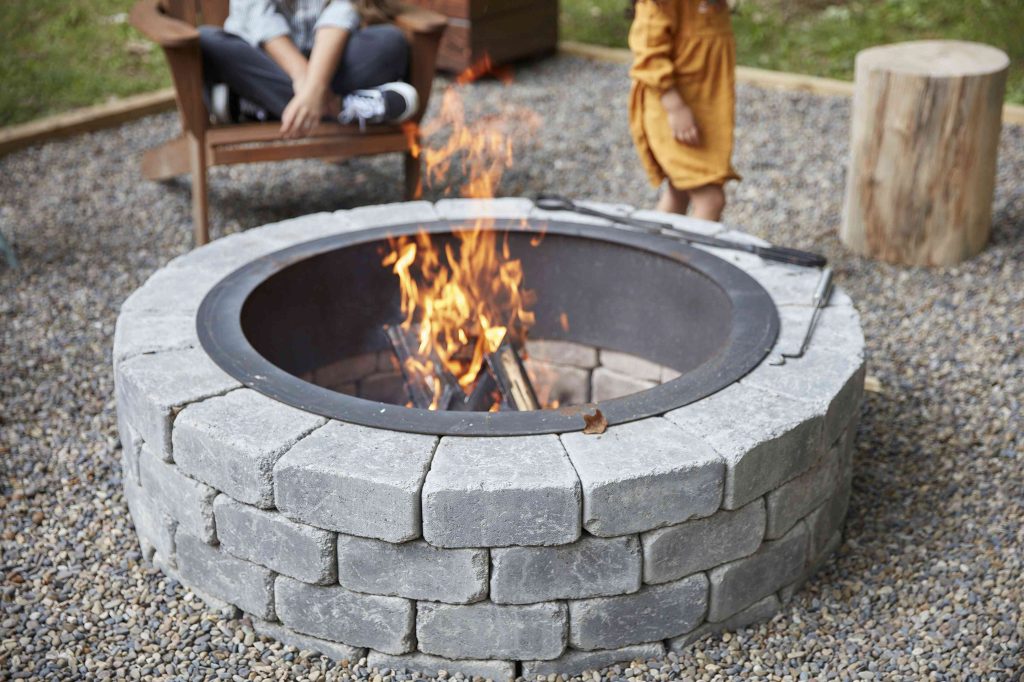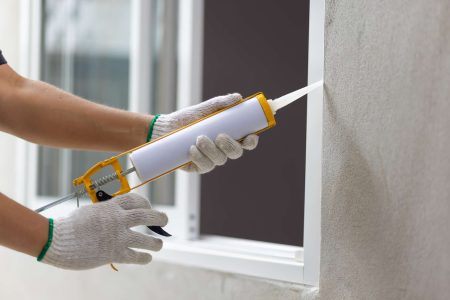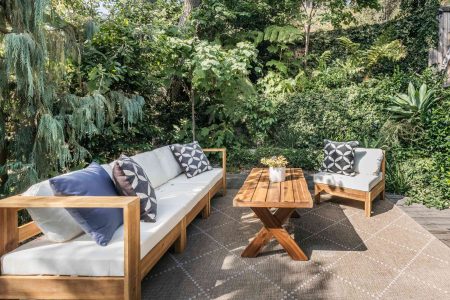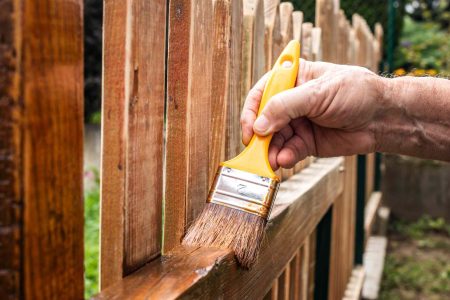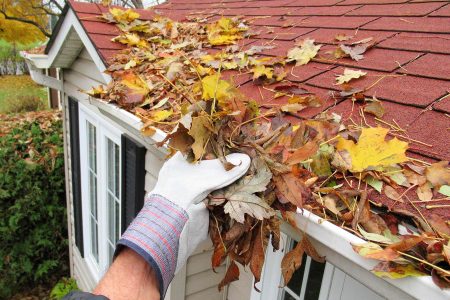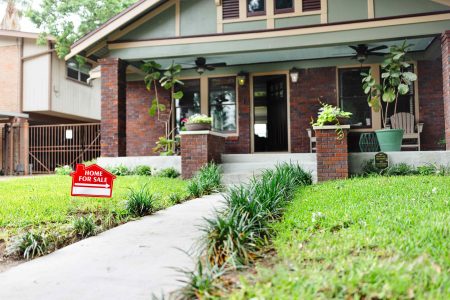This DIY backyard firepit measures 51 inches (outer diameter) and 16 inches high and can be built in less than half a day. The outer ring is large enough for up to six guests to pull up a chair and chat, and the inner 32-inch-diameter pit area provides ample room for a roaring fire.
This backyard project uses retaining wall blocks, bringing the costs close to $500, but you can bring prices down closer to $100 by replacing those blocks with cement wall blocks. The hardest part is transporting the heavy materials home and moving them into place, although you can pay a little extra for door-to-door delivery and enlist a helper to keep the back-breaking work to a minimum. No special skills are needed.
Read on to learn what to consider, what you’ll need, and the instructions to build a fire pit within a week.
What to Consider Before Digging a Fire Pit
Before you build, check on local permitting requirements. Some municipalities require a building permit even for simple firepits of this type that are not serviced by a gas line. If your home is part of a homeowners’ association (HOA), you may be required to seek permission from the HOA board before building the firepit. Also, check on restrictions about exposed fires in your area and required clearances around a firepit.
What You’ll Need
Equipment / Tools
- Caulking gun
- Shovel
- Hand tamp
- Bubble level
- Tape measure
- Twine
- Stake (any piece of scrap wood)
Materials
- 72 retaining wall blocks (each 4″ high, 8-1/2″ wide, and 8″ deep)
- 3 cubic yards 1/4″ granite drainage gravel
- Firepit ring insert
- Landscape block adhesive
- Spray paint
Instructions
-
Find a Suitable Location and Mark the Area
Locate the firepit well away from the house or combustible materials such as fences and trees. Also, stay clear of windows that often get opened and any kind of fan intakes and air conditioning units.
To draw your perimeter, find what will be the center, drive a stake into the ground, and attach a string the length of the radius. At the end of the string, hold the can of spray paint and paint a circle around the center point. The inner section will be your dig area.
-
Dig the Foundation
With your shovel, dig out that area down about 2 inches deep. Removing the turf itself is sufficient depth since it extends about 2 inches into the ground. Use the bubble level to check if the dug-out surface is level and adjust by adding or removing more dirt.
-
Add Drainage Gravel
Shovel the 1/4-inch drainage gravel into the garden cart or wheelbarrow and empty it into your dug-out area. Spread evenly and check that it is level again. Adjust as needed with more gravel and tamp down with a hand tamp.
-
Set the First Tier of Blocks
Portion out 18 of the retaining wall blocks to use for the first tier. Set down the ring insert and place the first 18 blocks around the insert. Lift the insert and set it aside to continue the block-laying process.
-
Set the Second Tier of Blocks
Place the second tier of blocks on top of the first tier. Stagger the blocks so that each block of the second tier straddles two blocks of the first tier. This standard method of arranging blocks provides greater strength to the unit.
-
Glue the Blocks
Pick up two blocks at a time to keep your shape, apply your glue, place the two blocks back, and continue around. Cut off the end of the tube of landscape adhesive and use the piercing device built into the caulking gun to pierce the end of the tube (through the nozzle). Fit the landscape adhesive into the caulking gun and pump a few times to work the adhesive into the nozzle.
Run a thick adhesive bead around the block’s top on the first row. Don’t overdo it so you don’t have glue coming out the sides. You don’t need as much as you might think.
-
Set the Third and Fourth Tiers
Lay a bead of landscape adhesive on the second tier. Lay the third and fourth tiers of blocks on top in a similar staggered fashion. Do not add adhesive to the top of the fourth tier.
-
Insert Ring
Lastly, place the insert ring into the center of the firepit. Let the adhesive fully cure, about seven days, before using the firepit.
-
What type of firepit is best?
If you want a firepit that’s quick to light and relatively clean-burning, opt for one that’s powered by natural gas or propane. However, wood firepits are often cheaper, they give off more heat, and they have more of a rustic vibe. Although retaining wall blocks are pricier, you can scale down the cost using cement or cinder blocks instead.
-
Is a firepit worth it?
If you want to sell your home, a firepit is an attractive feature for buyers and increases the home’s value. If you spend a lot of time in your yard during chilly weather, a firepit can be worth it to provide heat and ambiance. A built-in firepit also can add a focal point to an outdoor space.
-
How do you build a fire pit on a budget?
You can build a fire pit on a budget by doing all the work and hauling the materials from the store to the site. You can also skip using blocks to reinforce your firepit and use a fire ring as a standalone feature, placing it on top of a level bed of sand.
-
Will adding a fire pit increase my home’s value?
High-end fire pits with a gas line running to them are features that extend the home outside. Outdoor spaces that function year-round, such as with a working, easy-maintenance fire pit, can increase home value because it provides an additional cooking spot, a place of warmth and comfort, adds ambiance, and keeps the bugs away.
Read the full article here
